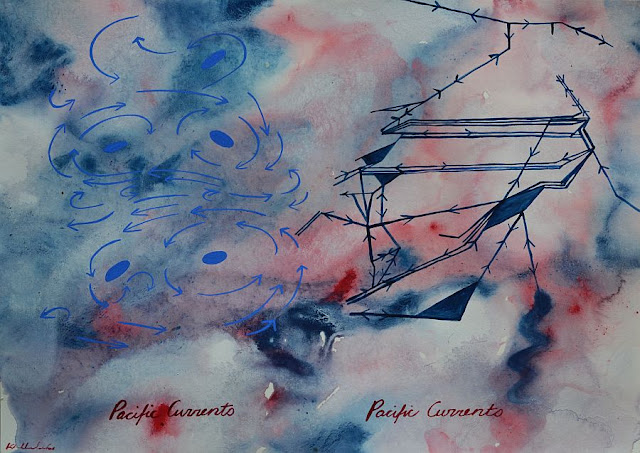War, Art and Visual Culture
I have just returned from Sydney here I attended and presented at the War, Art and Visual Culture symposium. It was a stimulating symposium with attendees and presenters from around the world. It was a honour to have had my presentation proposal Art and Resistance: New Landscapes in the Drone Age accepted. And, I am very happy with how it was received.
I have just returned from Sydney here I attended and presented at the War, Art and Visual Culture symposium. It was a stimulating symposium with attendees and presenters from around the world. It was a honour to have had my presentation proposal Art and Resistance: New Landscapes in the Drone Age accepted. And, I am very happy with how it was received.
Catastrophe of Civilisation
Imagine you are a space traveler from another solar system or even galaxy. You pass by Earth, what do you see? What vibes do you get from what you see? Is there hope or no hope for this planet and its occupants?
Here are two possibilities, one hopeful, the other not so much. You may think of a few other possibilities.
Possibility one: Yes, you see fire, flood, drought, mass exodus, coral bleaching, pollution, warfare, surveillance. These all indicate perils for the planet and those that live there, human and non-human. They also indicate ongoing and accelerating activities that have exacerbated the erosion of habitat and civilisation.
But, you also see red trees-of-life seemingly forming a tunnel, a passage that leads to the white circle. Is this a passage to salvation, to a cleaner, friendlier outcome for this planet? Maybe? Like the filtering follicles, or cilia, that line a respiratory system do the trees-of-life promise some kind of filtering, cleansing process, a second chance? Maybe?
Possibility two: Yes, you see all the catastrophic events and happenings described above. But, while the trees can still be trees-of-life, do they offer hope? Or, are they witnesses to the demise of civilisation on this planet Earth, as it heads towards the white light, the passover, death? If you believe in some kind of life after death, then this may not be so catastrophic? The alternative is, however, very confronting. The existential threat posed by the collapse of civilisation and planetary habitability, is clear.
As a space traveler, you make a note to yourself to pass by planet Earth in one hundred Earth years, to see how things are going.
On that note....
Cheers,
Kathryn
Readers might also like to visit posts;





